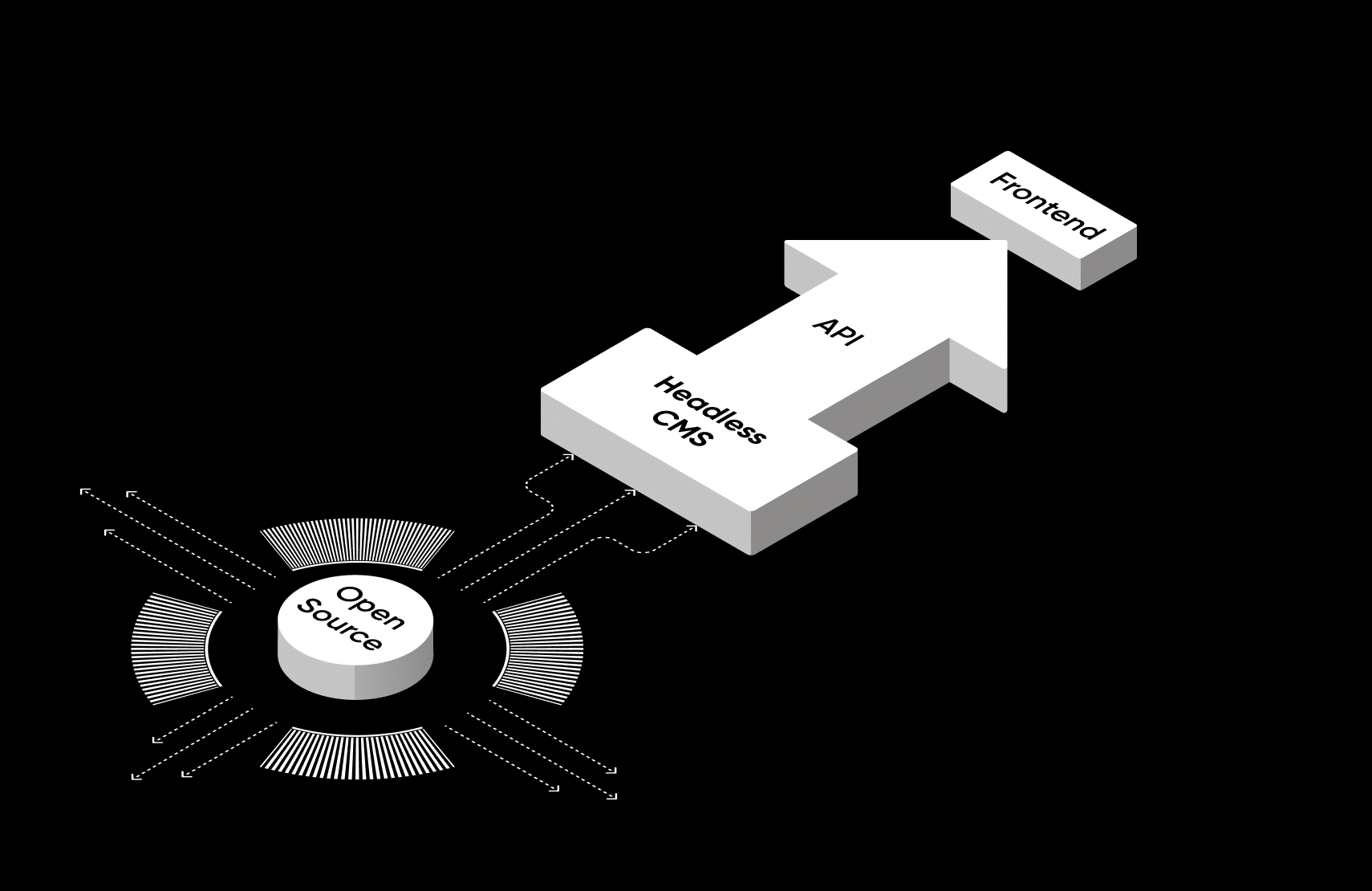In today’s digital landscape, cyber threats are more advanced than ever. Businesses of all sizes face risks such as data breaches, malware attacks, phishing, and ransomware. Protecting your website is no longer optional—it is a necessity. One of the most effective strategies to ensure strong protection is penetration testing, a process that identifies and fixes vulnerabilities before hackers can exploit them.
This blog explores website security, the role of penetration testing, and why your business should invest in regular security assessments.
What is Website Security
Website security refers to the measures taken to protect websites from unauthorized access, misuse, and data theft. Strong security practices prevent hackers from exploiting weaknesses in your site, ensuring data integrity, availability, and confidentiality.
Key elements of website security include:
-
SSL Certificates – Encrypts data between the server and user.
-
Firewalls – Blocks malicious traffic and unauthorized access.
-
Regular Updates – Keeps plugins, themes, and CMS platforms safe.
-
User Authentication – Enforces strong passwords and multi-factor authentication.
-
Backup Systems – Protects against data loss in case of attacks.
What is Penetration Testing
Penetration testing, also called ethical hacking, is a simulated cyberattack performed by security professionals. The goal is to find and fix vulnerabilities before malicious hackers can exploit them.
Types of penetration testing include:
-
Network Penetration Testing – Identifies flaws in firewalls, routers, and servers.
-
Web Application Testing – Analyzes security gaps in websites and apps.
-
Wireless Network Testing – Examines risks in Wi-Fi networks.
-
Social Engineering Testing – Evaluates employee awareness and susceptibility to phishing.
Benefits of Penetration Testing for Websites
-
Identify Hidden Vulnerabilities – Finds flaws in coding, configurations, and authentication.
-
Prevent Data Breaches – Protects customer information and business data.
-
Maintain Compliance – Meets regulations such as GDPR, HIPAA, and PCI DSS.
-
Boost Customer Trust – Shows visitors you prioritize security.
-
Reduce Downtime – Prevents attacks that could disrupt services.
Best Practices for Website Security and Penetration Testing
-
Schedule regular penetration tests at least twice a year.
-
Implement web application firewalls for added protection.
-
Use secure coding practices to reduce vulnerabilities.
-
Train employees in cybersecurity awareness.
-
Work with certified penetration testers for reliable results.
Conclusion
Investing in website security and penetration testing is one of the smartest moves any business can make. By identifying weaknesses before attackers do, you protect your data, build customer trust, and ensure smooth business operations.
If you want to secure your online presence and minimize cyber risks, professional penetration testing is the key to long-term safety.
FAQs
1) What is penetration testing in simple terms?
Penetration testing is a controlled, ethical hack of your website or app to find and fix security weaknesses before attackers do.
2) How often should a business run penetration tests?
At least twice a year and after major releases, infrastructure changes, or critical vulnerability disclosures.
3) What’s the difference between vulnerability assessment and penetration testing?
A vulnerability assessment scans and lists issues; penetration testing safely exploits those issues to prove real risk and business impact.
4) Which types of penetration tests are most relevant for websites?
Web application, API, and network tests. Many teams also add cloud config reviews and social engineering assessments.
5) How long does a typical web app pentest take?
Small sites: 3–5 days. Medium/complex apps: 1–3 weeks, depending on scope, auth roles, and integrations.
6) What are black-box, gray-box, and white-box tests?
-
Black-box: No internal info; simulates an external attacker.
-
Gray-box: Limited info/credentials; balances realism and depth.
-
White-box: Full access to code and docs; deepest coverage.
7) What deliverables should I expect from a pentest?
An executive summary, detailed findings with CVSS/CWE/OWASP mapping, proof-of-concepts, reproduction steps, risk ratings, and a prioritized remediation plan.
8) Which standards or frameworks should guide testing?
OWASP ASVS/Top 10, OWASP API Security Top 10, NIST 800-115, PTES, and CIS benchmarks for hardening.
9) Does penetration testing help with compliance?
Yes—supports PCI DSS, ISO 27001, SOC 2, HIPAA, and GDPR by demonstrating due diligence and risk management.
10) How much does a website pentest cost?
Costs vary by scope and complexity. Expect ranges from $3k–$20k+ depending on app size, number of roles/endpoints, and required reporting.
11) What can I do immediately to improve website security?
Enforce MFA, patch dependencies, enable a WAF, implement secure headers, least-privilege access, continuous backups, and secret management.
12) Will a pentest cause downtime or data loss?
Reputable testers avoid destructive techniques and coordinate windows to minimize risk. Production testing is common but planned carefully.



